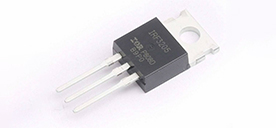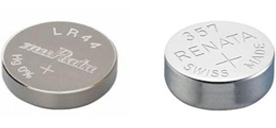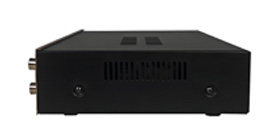Bidirectional conduction characteristics of reverse diode and its application in signal conditioning
2024/4/3 10:14:11
Views:
A reverse diode, also known as a bidirectional conducting diode or blocking diode, is a specially designed diode. Under forward voltage, the reverse diode has almost no conductive ability, but under the action of reverse voltage, breakdown will occur and has a specific penetrating field strength. Ordinary diodes can only achieve one-way conduction, while reverse diodes can achieve two-way conduction.
The structure of the reverse diode is similar to that of an ordinary diode, consisting of P-type semiconductor and N-type semiconductor. However, during the production process, special materials and processes are introduced into the reverse diode, causing it to exhibit completely different characteristics from ordinary diodes under reverse voltage.
Applications of reverse diodes
Reverse diodes have a variety of applications in electronic products and circuits, mainly including the following aspects:
1. Power supply voltage stabilization: Reverse diodes can be used in power supply voltage stabilization circuits. By choosing an appropriate penetration field strength, the reverse diode will penetrate when the voltage exceeds this value, thereby keeping the voltage in the circuit at a relatively stable level. This is widely used in various electronic products and power supply systems to ensure that the load is not damaged by high voltage.
2. Overvoltage protection: Reverse diodes can also be used in overvoltage protection circuits. When an overvoltage occurs in the circuit, the reverse diode can provide a reasonably reliable conduction path to guide the overvoltage to the ground or other acceptable locations, thus protecting other electronic components from overvoltage damage.
3. Signal conditioning: Backward diodes can also be used in signal conditioning and current limiting applications. It can limit the current or voltage in the circuit and clip, adjust or adjust the input signal by selecting the appropriate penetration field strength and penetration current. It plays an important role in communication equipment, audio amplifiers and analog electronic circuits.
How reverse diode works
The working principle of the reverse diode is based on the penetration effect of the PN junction. When the reverse voltage exceeds the penetration field strength of the reverse diode, the PN junction will penetrate, causing the current to increase rapidly. Under penetration conditions, the reverse diode will maintain a relatively low resistance to allow reverse current to pass through and maintain the reverse voltage around the penetration field strength.
Reverse diodes usually have two penetration modes: avalanche breakdown and Zener breakdown. Avalanche breakdown occurs under high reverse electric fields and is characterized by a rapid increase in penetration current with increasing voltage. Zener breakdown is a reverse diode made of special materials and processes. When the reverse voltage reaches the breakdown field strength, a very steep penetration characteristic appears, keeping the current at a relatively fixed value.
In general, reverse diodes can meet the needs of different circuits and systems by selecting appropriate penetration field strength and penetration current, and achieve functions such as power supply voltage stabilization, overvoltage protection, and signal adjustment.
Related Information
-
-
Phone
+86 135 3401 3447 -
Whatsapp





